The Use of CBCT in the Diagnosis and Management of Root Resorption
Abstract
Root resorption results in the loss of dentin, cementum, or bone by the action of clastic cells. Root resorption in permanent teeth is a pathologic process in response to inflammation that can be caused by numerous factors, such as infection, orthodontic treatment, traumatic injury, cysts, neoplasia, systemic disease, or chemical injury. Root resorption may be classified into external or internal root resorption, based on the location of the lesion. Accurate assessment is essential as the pathogenesis of external and internal root resorption is different and treatment protocols vary. Although periapical and panoramic imaging modalities may be helpful in identifying root resorption, early detection with periapical radiography is not considered reliable because of the difficulty in identifying lesions on the buccal or lingual/palatal surfaces. In contrast, CBCT makes it possible to examine the region of interest in any plane, determine accurate measurements, and eliminate tissue compression. CBCT has been used in the detection of small lesions, classification of the lesion, localizing and differentiation of the resorptive defect from other lesions, and directing treatment. CBCT aids in surgical planning by showing the relationship of the teeth and associated pathoses to important anatomic landmarks. The use of CBCT to show the true nature of external and internal resorption relies on the ability to examine the region of interest in any plane without distortion and eliminate artifacts associated with conventional radiography. Careful use of CBCT is advocated.

